Computer Vision in Robotics – An Autonomous Revolution
Viso.ai
FEBRUARY 11, 2024
One of the computer vision applications we are most excited about is the field of robotics. By marrying the disciplines of computer vision, natural language processing, mechanics, and physics, we are bound to see a frameshift change in the way we interact with, and are assisted by robot technology.

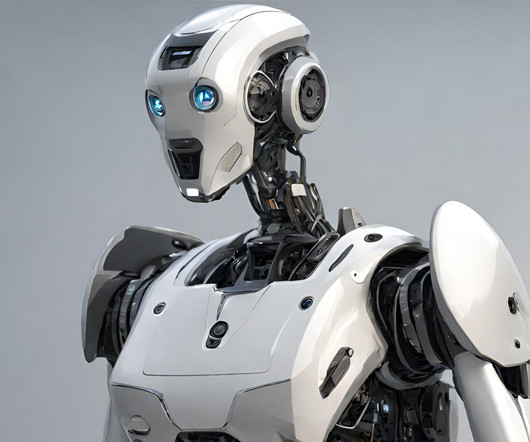
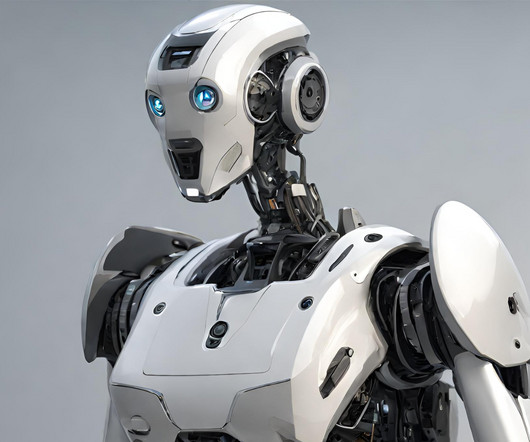

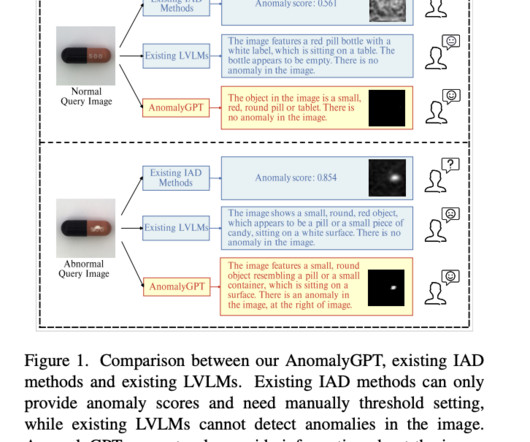
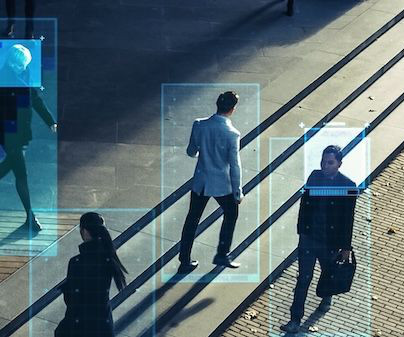
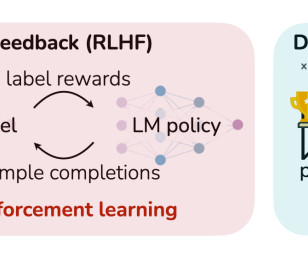
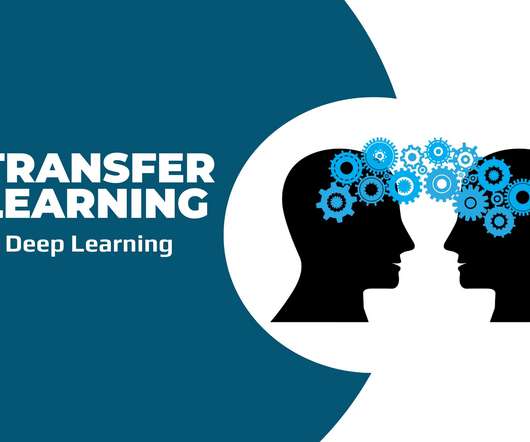
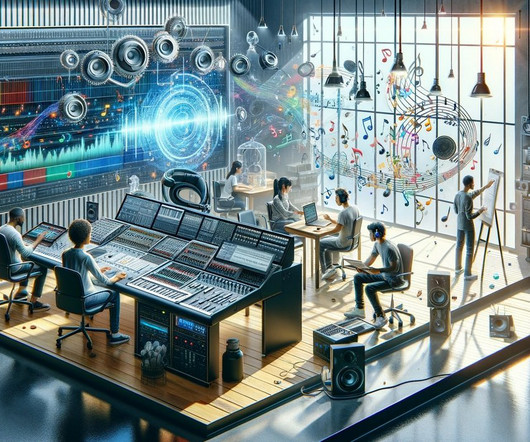






Let's personalize your content